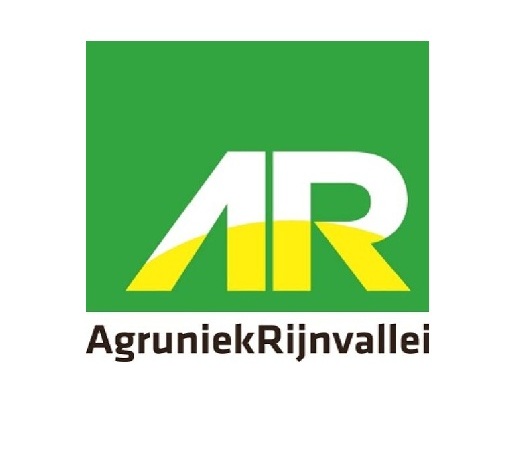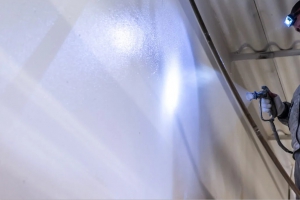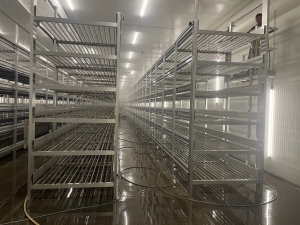Maintaining a high relative humidity and warm temperature is essential for cultivating many crops, especially in controlled growing environments. Such a warm and moist climate is ideal for rapid plant growth but can also lead to challenges such as dirty walls and rust in the underlying structures. To address these issues, specialized vaportight coating systems are essential.
Request and Assessment
When approached for renovation projects, the first step is to visit the site to assess the necessary work activities. Often, there may already be a vaportight coating system in place that needs renewal. During the site visit, it is crucial to decide whether the existing coatings need to be replaced or reinforced. Typically, this involves applying a new layer of an indoor coating to the walls and sealing corner joints and window frames with a vaportight coating system.
Phasing the Renovation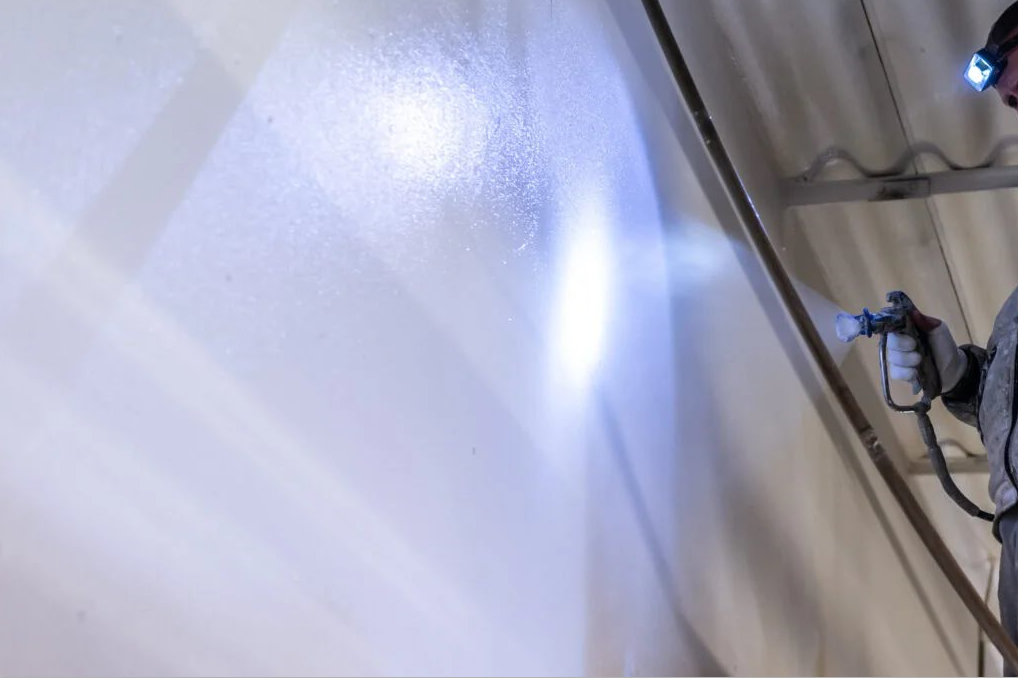 Renovating agricultural growing rooms must be done without disrupting ongoing activities. This often requires a phased approach, treating a few rooms at a time, usually about two per week. Ensuring the substrate is dry before applying the coating is vital to prevent moisture from getting trapped under the coating layer. If there is already a layer of coating, new applications can often be made immediately without a primer, except in the corners where a primer may be necessary on bare concrete.
Renovating agricultural growing rooms must be done without disrupting ongoing activities. This often requires a phased approach, treating a few rooms at a time, usually about two per week. Ensuring the substrate is dry before applying the coating is vital to prevent moisture from getting trapped under the coating layer. If there is already a layer of coating, new applications can often be made immediately without a primer, except in the corners where a primer may be necessary on bare concrete.
Application Process
In corners, a primer is applied to the exposed concrete, followed by a layer of indoor coating reinforced with a fleece material to enhance durability.
A second layer of the indoor coating then seals the system, ensuring the desired vapour density and preventing moisture ingress. Results
Results
Over the course of several weeks, multiple rooms can be treated to achieve a fully renovated environment. During such projects, issues like leakage in cavities can occur, causing floor joints to come loose. These must be treated promptly to ensure the integrity of the renovation. Once all rooms are treated, the result is a set of growing environments that maintain optimal conditions for plant growth while protecting structural elements from moisture and corrosion.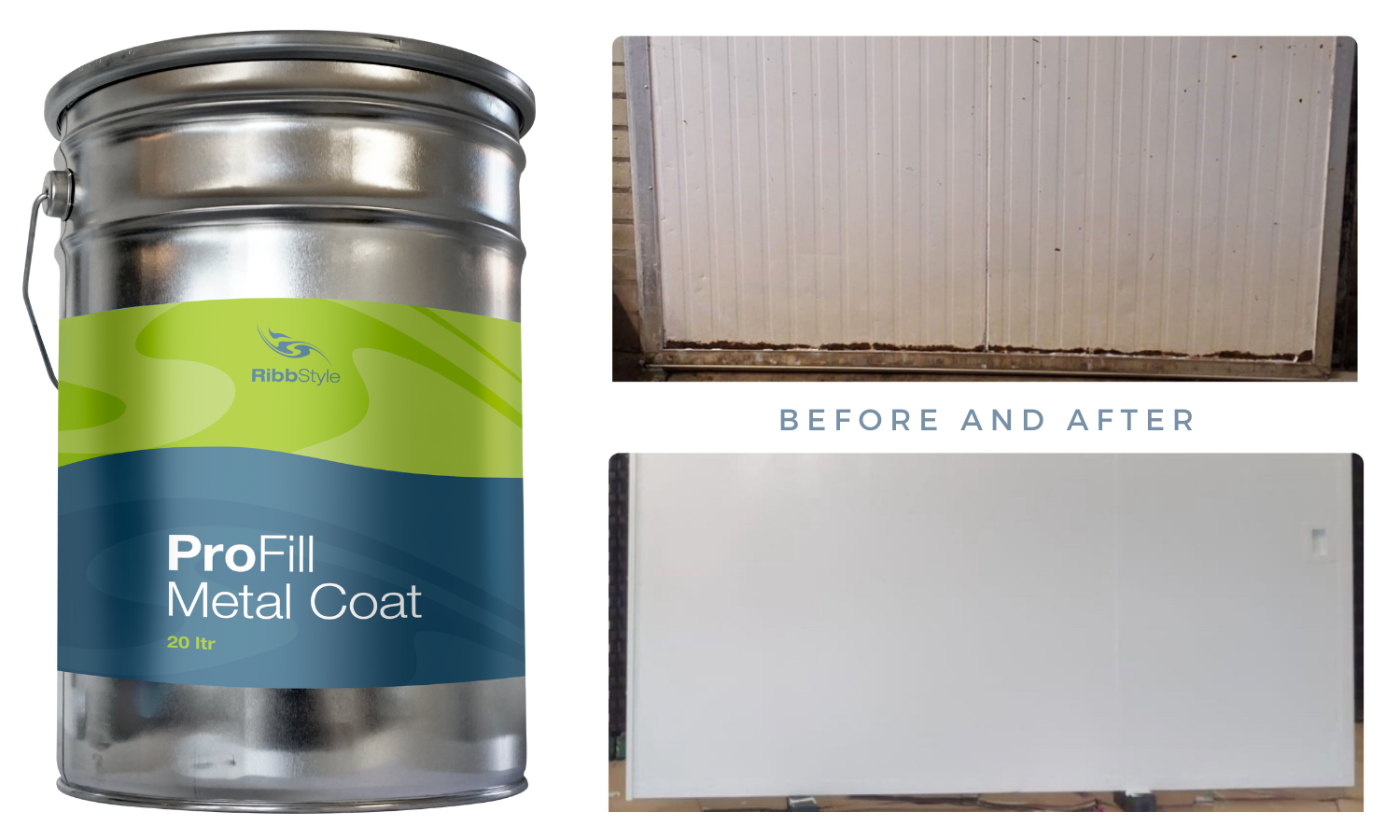 Additional Solutions
Additional Solutions
Many modern growing rooms are constructed with panels set in U-profiles, which are prone to rusting. Besides standard coatings, there are specialized products like ProFill Metal Coat designed to prevent or address corrosion. Detailed product information is available for
those needing advanced solutions to protect metal structures.
By using advanced coating systems and a carefully phased approach, agricultural growers can ensure their growing rooms remain in top condition, promoting healthy crop growth and extending the lifespan of their facilities.
For more information, please visit the website of RibbStyle.
Author: Mushroom Matter
Hygiene at the end of the growing cycle
Lately, several farms have seen some symptoms of virus which means more focus on hygiene is necessary. Hygiene includes all measures aimed at minimizing the risk of disease and pests developing and spreading. The greatest risk of contamination from diseases and pests is at the time of filling and when the harvest starts because from that moment on several people enter the growing rooms, but there are also risks in other parts of the cultivation cycle like during emptying the grow rooms and that got forgotten on many occasions. Much of it is produced by humans and is preventable.
To reduce the chance that a few traces of diseases or insects still survive in the growing rooms after the last harvest day, it is vital to cook out the growing rooms. To ensure that all diseases and pests are killed, it is necessary to heat the entire cultivation room to 70 ° C for 12 hours by means of steam. By entire growing space is meant that the compost also reaches this temperature for 12 hours. Often, out of cost or time savings, it is chosen to shorten the time, or the temperature is kept lower, which has the risk that spores can survive. However, to be sure you kill all spores, 70 °C is the benchmark for 12 hours, especially if there are diseases or pests on your farm.
After cooking out, the new growing cycle starts, so it is important that from this moment on no traces of mushrooms, spores or flies end up in the growing area. This is often neglected during emptying, which means that the usefulness of (costly!!!) cookout has been for nothing. Therefore, when emptying, observe the following rules:
- Make sure that the people who empty the room wear clean clothes and footwear.
- Do not allow unauthorized persons when emptying.
- Always enter the cultivation area to be emptied from the outside, so not from the work corridor.
- If possible, do not pause during emptying, but only when the entire cell is empty, and the large back door is closed.
- Let the people who work at emptying not have breaks in the same area as the harvesters.
- Use only clean and sanitized material.
As soon as the growing room is empty, close the large back door as soon as possible. After this, it is important to start cleaning the growing area, shelving, and all used materials with water as quickly as possible, preferably with high pressure. Replace the spore filters, hang new fly plates to catch the first insects, and the cell is ready to be filled. If necessary, you can still disinfect the cultivation area.
Erik de Groot
Global Agriculture Services
This email address is being protected from spambots. You need JavaScript enabled to view it.




